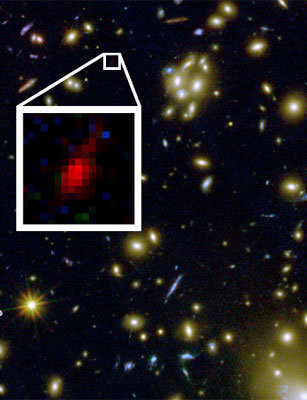Locals boost star view
 A new method is offering tantalising glimpses of the Universe.
A new method is offering tantalising glimpses of the Universe.
In a groundbreaking development, an international collaboration involving Australian universities has made significant strides in understanding the Universe's expansion and the enigmatic dark energy.
The University of Queensland, alongside The Australian National University, Swinburne University of Technology, Macquarie University, and The University of Sydney, participated in a monumental 10-year study observing supernovae, which may indicate a younger age of the Universe than previously believed.
The Dark Energy Survey (DES), involving over 400 scientists globally, meticulously surveyed the southern skies using a highly sensitive camera located in the Chilean Andes.
Professor Tamara Davis from the University of Queensland, a key contributor to the project, has emphasised the scale of this research.
“The scale of this study is unprecedented, dwarfing the original Nobel-winning research which used just 52 supernovae to discover the Universe is expanding at an accelerating rate,” she stated.
This extensive study, observing more than 1500 exploding stars, suggests potential alterations in the Universe's estimated age.
“Our results suggest the acceleration might actually be weakening, which would mean the Universe might also be a tiny bit younger than previously thought – by 100 million years or so,” Professor Davis explained.
Australian researchers played a pivotal role in this international project. Professor Davis led the OzDES, the Australian segment of DES, focusing on the 'redshift' of supernovae.
This measurement is crucial in determining the speed at which these cosmic phenomena are moving away from Earth, a key factor in understanding the Universe's expansion.
The task involved over 30 researchers from Australian institutions, including meticulous observations spanning 100 nights across six years at the Siding Spring Observatory in New South Wales.
“A crucial part of getting these results was comparing the OzDES redshift to the DES distances which revealed the acceleration of the expansion of the Universe,” said Professor Davis.
Patrick Armstrong from ANU’s Research School of Astronomy and Astrophysics, who further analysed the supernova data, highlighted the collaborative nature and future potential of this research.
“There's a lot of very exciting collaboration in the future combining our results with other surveys, as well as investigating the impact and the implications of the shift we found,” he said.
“The nature of dark energy is still out there to be discovered – this new method will help future generations of stargazers to explore its mysteries.”
This project's data, offering a tantalising glimpse into the Universe's history and future, has been published on the Cornell University website.







 Print
Print